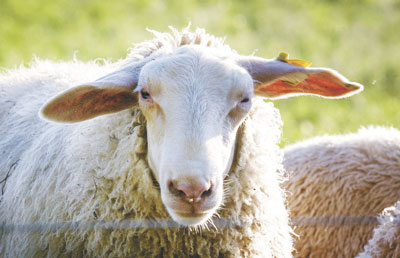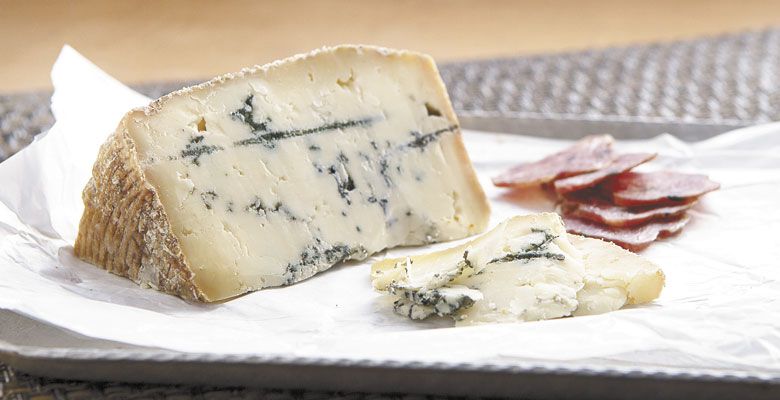Sheep Not Cheap
Producers aspire to cultivate milk market
Once almost the exclusive domain of imports — including favorites like Manchego from Spain, Roquefort from France and Italian pecorinos —a small but mighty sheep milk trend has been building in the U.S. over the last decade. Yet, the comparatively high cost of American-produced sheep cheese threatens this emerging trend as it reaches a critical juncture.

Cheesemakers choose sheep milk for its richness and unique savory, nutty flavor profile of aged varieties, but these tasty attributes come with inherent hurdles that have been insurmountable for a number of award-winning U.S. producers in the last year. Many Fold Farm in Georgia and Barinaga Ranch in California have called it quits as profitability remains an elusive goal.
In 2009, Seana Doughty founded Bleating Heart Creamery. She chose sheep milk because these were her favorite kind of cheeses. She went to great lengths to source and transport a small starter flock from Wisconsin to her home in Northern California.
After early success, she opted to focus solely on sheep cheese. In 2013, Doughty partnered with a dairy for her milk supply and completed work on a creamery co-located on that farm in Tomales, California.
“Had I known how challenging it would be to secure and maintain a consistent milk supply, or how difficult it would be to get more milk as demand for our cheeses increased, I probably would have gone a different route,” she says.
Sheep differentiates itself from its cow and goat milk cousins on a number of fronts. While it’s nearly twice as rich as cow and goat milk in terms of fat and protein, the building blocks of great cheese, milk production is sparse and highly seasonal.
Whereas the ubiquitous black and white Holstein cow might produce upwards of eight gallons of milk a day, it would take about 10 high-producing sheep to produce that same amount of milk.
Sheep breed most successfully in the fall and lamb in late winter, thus their milking season is a short six to seven months. To stay solvent, many producers rely on frozen milk and create cheeses blended with cow or goat milk to keep the production flowing.
“We sell out of sheep cheese every year, and that may sound great, but it’s not,” Doughty said. “Any business needs to have enough product available to generate enough regular cash flow to stay afloat.”
This lack of raw materials has led to layoffs and losing valuable employees to more stable opportunities. Though she still has passion for sheep cheese, her business began to pivot toward other milk types two years ago in a quest for more sustainable viability.
At the same time, the popularity of the cheese continues to rise both for consumers and producers. The American Cheese Society saw a 40 percent growth in sheep milk entries in the last six years and added a sheep milk category for the first time in 2017. Previously, sheep cheeses were entered in the mixed milk or farmstead categories.
From the consumer end, Doughty believes there are some big questions that make domestic sheep cheese harder to swallow.
“It’s confusing for consumers that an American sheep cheese may retail for upwards of $40 per pound, but they can buy sheep cheese from Europe for a quarter of that price,” she explained. “It just costs way more to make sheep milk cheeses here than it does in Europe.”
Government subsidies help lower the cost of production and farms in Europe, many of which have been with families for generations, are more viable.
“I just try to keep the faith that more Americans are focusing on supporting local agricultural economies and local businesses by buying local and domestically produced cheeses, even if they cost more,” she offered.
Being a wise business woman, Doughty hedges her bets, developing great recipes with more readily available milk sources.











